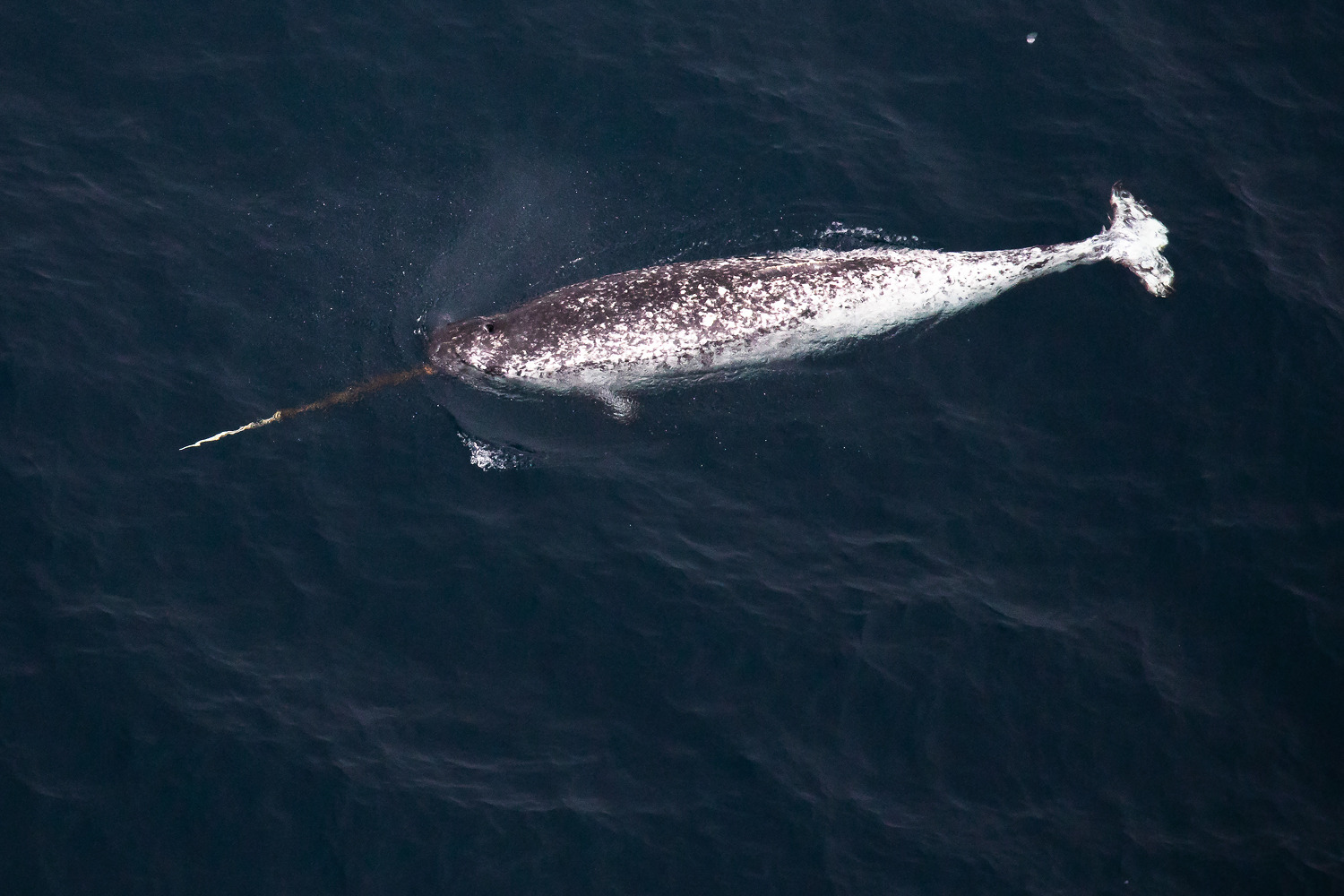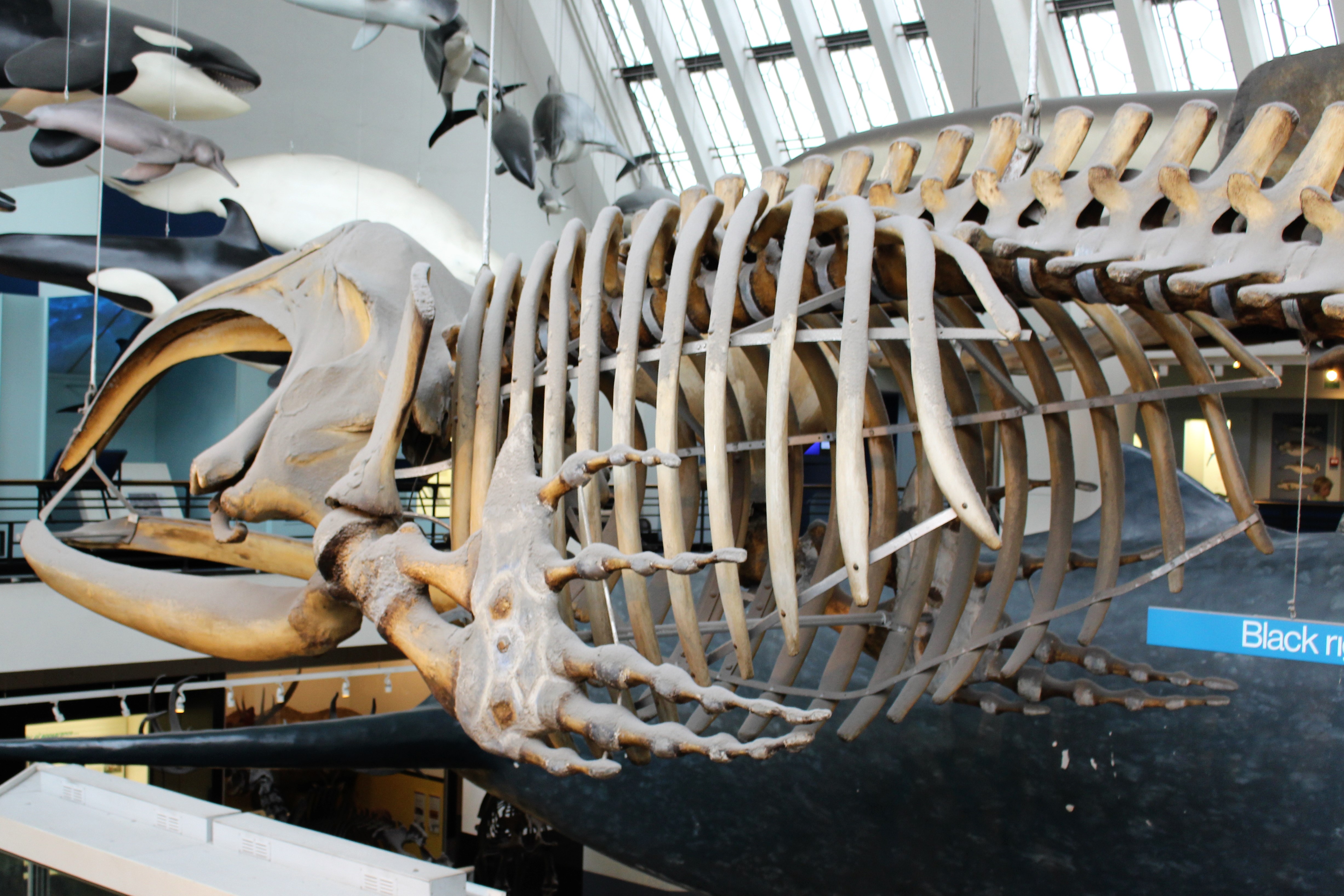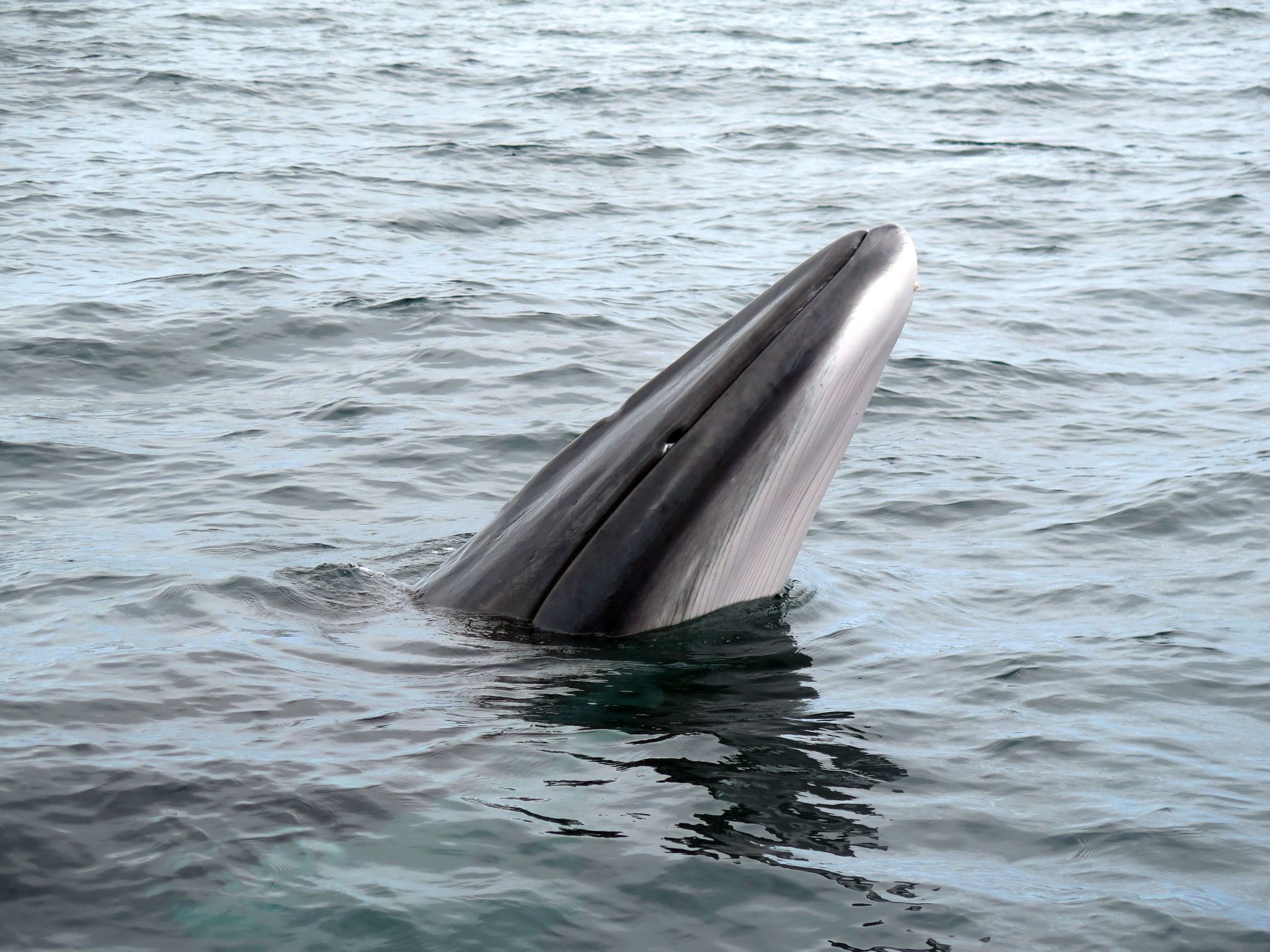10 Incredible Things You Might Not Know About Whales
The world's oceans are vast, mysterious realms teeming with life and wonder. Among the most awe-inspiring inhabitants of these deep blue expanses are the whales, the ocean's giants. These magnificent creatures have captured human imagination for centuries, inspiring myths, legends, and a profound sense of wonder. Whales are not just the largest animals on the planet; they are also among the most intelligent and socially complex. From the gentle giants of the baleen category to the acrobatic and fierce toothed whales, each species offers a unique glimpse into the wonders of marine life. This article embarks on an exploration of 10 astonishing whale wonders, each revealing a facet of their incredible existence that you may never have known. Prepare to dive deep into the world of these majestic behemoths, uncovering secrets that lie beneath the surface and gaining a greater appreciation for their role in the ocean's delicate ecosystem.
1. The Blue Whale: Earth's Largest Living Creature

The blue whale holds the title of the largest animal to have ever existed on Earth. These colossal cetaceans can grow up to 100 feet in length and weigh as much as 200 tons, dwarfing even the largest dinosaurs. Their tongues alone can weigh as much as an elephant, and their hearts are the size of a small car. Despite their immense size, blue whales are gentle giants, subsisting primarily on tiny krill. Each day, a blue whale can consume up to four tons of these small crustaceans. The blue whale's sheer size and power are matched only by its grace and serenity as it glides through the ocean, making it a true marvel of the natural world. Blue whales are also known for their hauntingly beautiful songs, which can travel across vast distances underwater. These vocalizations are thought to play a crucial role in communication and navigation, allowing whales to maintain contact with one another across the vast ocean. The songs of the blue whale are some of the loudest and most complex in the animal kingdom, capable of being heard by other whales hundreds of miles away. This incredible ability highlights the sophistication of whale communication and their deep connection to the marine environment.
2. The Humpback Whale: Acrobats of the Ocean

Humpback whales are renowned for their acrobatic displays and complex songs. These whales can often be seen breaching the surface, leaping into the air, and crashing back down with tremendous force. This behavior is not only a spectacular sight but also serves various purposes, such as communication, play, and even the removal of parasites from their skin. Humpbacks are also known for their unique feeding technique called bubble net feeding, where they work collaboratively to corral fish into a tight ball using bubbles, making it easier to catch their prey. The songs of humpback whales are another fascinating aspect of their behavior. These songs are long and intricate, often lasting up to 20 minutes and repeated for hours. Each population of humpbacks has its own distinct song, which evolves over time. Scientists believe these songs play a role in mating rituals, with males singing to attract females. The complexity and beauty of humpback whale songs continue to intrigue researchers and whale enthusiasts alike, offering a glimpse into the rich social lives of these oceanic acrobats.
3. The Sperm Whale: Deep Sea Divers

Sperm whales are the deep-sea divers of the whale world, capable of plunging to depths of over 3,000 meters in search of food. These whales are equipped with a large, distinctive head that houses the spermaceti organ, a structure filled with a waxy substance that aids in buoyancy and echolocation. This adaptation allows sperm whales to navigate the dark, pressure-filled depths of the ocean with ease. Their primary prey is the elusive giant squid, making sperm whales formidable hunters in their deep-sea domain. Echolocation is a crucial tool for sperm whales, enabling them to "see" in the pitch-black depths where light cannot penetrate. They emit powerful clicks that bounce off objects, allowing them to map their surroundings and locate prey. The clicks of sperm whales are the loudest sounds produced by any animal, reaching up to 230 decibels. This incredible ability to navigate and hunt in the deep ocean is a testament to the sperm whale's adaptability and intelligence, showcasing the remarkable evolutionary path these creatures have taken.
4. The Beluga Whale: The Canaries of the Sea

Beluga whales, often referred to as the "canaries of the sea," are known for their wide range of vocalizations. These small, white whales inhabit the Arctic and sub-Arctic regions, where they communicate using a complex array of clicks, whistles, and clangs. Belugas are highly social animals, often found in pods that can number in the hundreds. Their vocal abilities are essential for maintaining social bonds and navigating the icy waters of their habitat. Beluga whales are also notable for their ability to mimic human speech, a trait that has fascinated researchers. Their flexible vocal cords and well-developed brain allow them to produce a variety of sounds, making them one of the most vocal of all whale species. This vocal dexterity is not just for show; it plays a vital role in their social structure, enabling them to convey a wide range of information and emotions. The beluga's vocal prowess and social nature make them one of the most intriguing and endearing of all whale species.
5. The Narwhal: Unicorns of the Sea

Narwhals are often called the "unicorns of the sea" due to their long, spiral tusks that can reach up to 10 feet in length. These tusks are actually elongated teeth that grow through the upper lip of male narwhals, although some females also possess smaller tusks. The purpose of the narwhal's tusk has long been a subject of fascination and speculation. Recent research suggests that the tusk may play a role in sensory perception, as it is filled with nerve endings that can detect changes in the environment. Narwhals inhabit the Arctic waters of Canada, Greenland, Norway, and Russia, where they are well-adapted to the frigid conditions. Their tusks are not used for defense or hunting, as was once believed, but may be used in social interactions and displays of dominance. Narwhals are elusive creatures, spending much of their time beneath the ice, making them difficult to study. Despite this, they continue to captivate the imagination with their unique appearance and mysterious tusks, embodying the wonder and mystery of the ocean's giants.
6. The Orca: Apex Predators of the Sea

Orcas, also known as killer whales, are the apex predators of the ocean. These highly intelligent and social animals are found in oceans around the world, where they hunt in pods using sophisticated strategies. Orcas are known for their diverse diet, which includes fish, squid, and even other marine mammals such as seals and whales. Their hunting techniques are highly coordinated, with different pods specializing in different types of prey and hunting methods. Orcas are also known for their complex social structures and family bonds. Each pod has its own unique dialect of clicks and calls, which are used to communicate and coordinate during hunts. These vocalizations are passed down through generations, highlighting the cultural aspect of orca societies. The intelligence and adaptability of orcas have earned them a reputation as one of the most formidable predators in the ocean, showcasing the complex interplay of social behavior and hunting prowess in the marine world.
7. The Bowhead Whale: Masters of Longevity

Bowhead whales are renowned for their incredible longevity, with some individuals living over 200 years. These Arctic giants are well-adapted to the extreme conditions of their icy habitat, with thick blubber and a massive bow-shaped skull that allows them to break through ice to breathe. Bowhead whales are baleen whales, feeding primarily on zooplankton and small fish, which they filter from the water using their baleen plates. The longevity of bowhead whales is a subject of great interest to scientists, as it offers insights into the aging process and the potential for extended lifespans in other species. Bowheads have been found with stone harpoon tips embedded in their blubber, dating back to the 19th century, providing tangible evidence of their remarkable lifespans. This longevity, combined with their unique adaptations to life in the Arctic, makes bowhead whales a fascinating subject of study and a testament to the resilience of life in the harshest environments on Earth.
8. The Gray Whale: Epic Migrators

Gray whales are known for their epic migrations, traveling over 10,000 miles round-trip each year between their feeding grounds in the Arctic and their breeding grounds in the warm waters off the coast of Mexico. This incredible journey is one of the longest migrations of any mammal, requiring immense endurance and navigational skills. Gray whales rely on a variety of cues, including the Earth's magnetic field, water temperature, and the position of the sun, to guide them on their long journey. During their migration, gray whales face numerous challenges, including predators, ship traffic, and changing environmental conditions. Despite these obstacles, they continue to make this incredible journey year after year, showcasing the strength and determination of these remarkable animals. The gray whale's migration is a testament to the power of instinct and the enduring connection between these creatures and their oceanic home.
9. The Minke Whale: Stealthy and Resilient

Minke whales are the smallest of the baleen whales, known for their elusive nature and adaptability. These whales are found in oceans worldwide, from the icy waters of the Antarctic to the temperate seas of the North Atlantic. Minke whales are solitary creatures, often seen alone or in small groups, making them difficult to study. Despite their small size compared to other whales, minkes are incredibly resilient, capable of thriving in a variety of environments. Minke whales are also known for their speed and agility, able to reach speeds of up to 24 miles per hour. This stealth and resilience have allowed them to evade many of the threats faced by larger whales, such as whaling and ship strikes. Their adaptability and survival skills make minke whales a fascinating example of the diversity and resilience of life in the ocean, showcasing the incredible range of adaptations that have evolved in the whale family.
10. The Right Whale: Conservation Challenges

Right whales are among the most endangered of all whale species, with populations severely depleted by centuries of whaling. These slow-moving baleen whales were named "right whales" by whalers because they were considered the "right" whales to hunt due to their slow speed, tendency to float when killed, and high blubber content. Today, right whales face numerous threats, including ship strikes, entanglement in fishing gear, and habitat degradation. Efforts to conserve right whales have been ongoing for decades, with international protections in place to prevent hunting and reduce human impacts. Despite these efforts, right whale populations have been slow to recover, highlighting the challenges of conservation in the face of ongoing threats. The plight of the right whale serves as a stark reminder of the impact of human activities on marine life and the urgent need for continued conservation efforts to protect these majestic creatures and their oceanic home.
The Future of the Ocean's Giants

As we delve into the world of whales, we uncover not only the wonders of these magnificent creatures but also the challenges they face in a rapidly changing world. From the largest blue whales to the smallest minkes, each species plays a vital role in the ocean's ecosystem, contributing to the health and balance of marine life. The threats faced by whales, from climate change to human activities, underscore the need for global conservation efforts to ensure their survival. The future of the ocean's giants depends on our ability to protect their habitats and mitigate the impacts of human activities. By fostering a greater understanding and appreciation for whales, we can inspire action to preserve these incredible creatures for future generations. As we continue to explore and learn from the ocean's giants, we are reminded of the interconnectedness of all life on Earth and the responsibility we share in safeguarding the natural world for the benefit of all.







